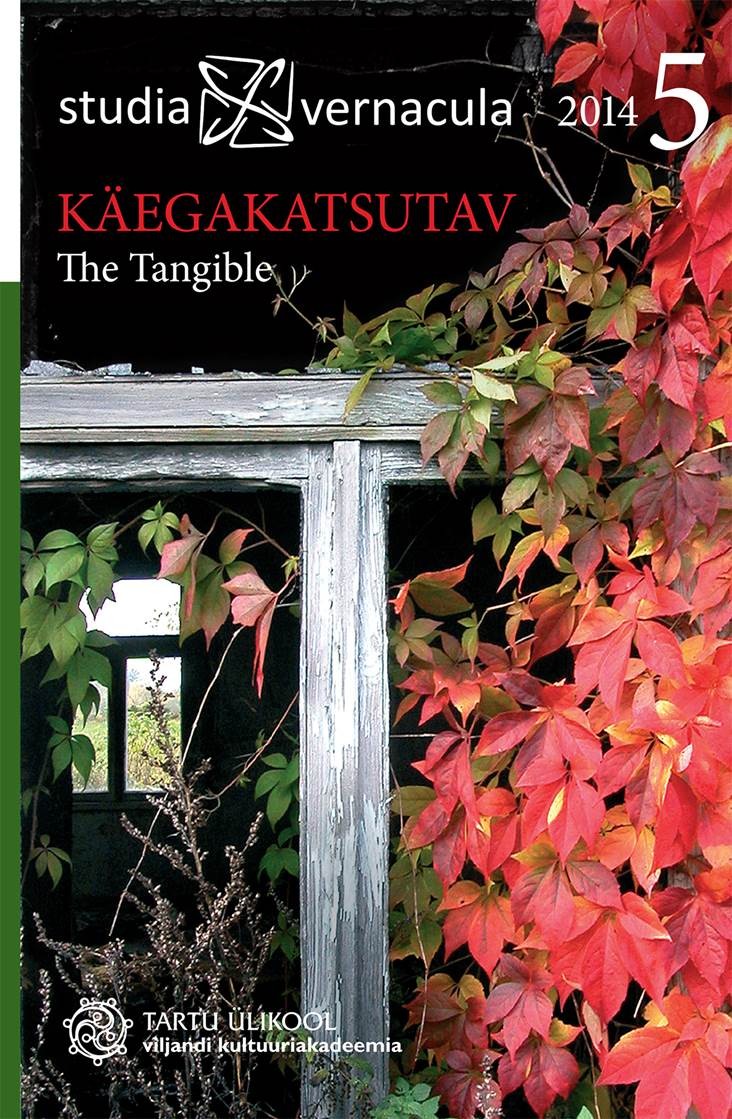Henna: ühe kehamuutmistehnika lugu / Henna: The Story of One Body Transformation Technique
DOI:
https://doi.org/10.12697/sv.2014.5.172-182Abstract
The henna bush (Lawsonia inermis) is known the world over for the colour imbuing properties of its leaves. Henna leaves contain a dye that has been used in many cultures and religious traditions for medicinal, cosmetic and decorative purposes. The orange-reddish colour of henna comes from lawsone, a substance found in the leaves – henna tannic acid. To obtain the colour from the leaf cells, henna leaf powder is mixed with an acidic liquid. The paste is then applied to skin, hair, nails or animal fur, and the henna tannic acid binds with a keratinized protein molecule. The colour fades as hair, fur and nails grow out and as dead skin cells naturally slough off.
Use of henna to adorn the skin has become popular and widespread around the world. Its popularity requires us to study the history, traditions and safety of the technique and to develop a scientific rationale. Although henna has been mentioned in various respects by cultural historians, botanists and anthropologists, scholarly research into the technique is yet in its infancy.
In traditional henna cultures, some now consider the use of the plant oldfashioned – people prefer either ready-to-use commercial pastes made by the cosmetics industry or “black henna”, which carries serious health risks. In the West, henna has become a separate art form in its own right: practitioners dispense know-how and place value on the fact that every henna artist mixes his or her own paste and is not afraid to share his or her knowledge. Knowledge as to what is used and why it is used ensures responsibility for both the outcomes and the customer’s health. This requires at least a elementary knowledge of the history and traditions of the plant and of the body art techniques, and of the biochemistry and physiology of the human skin.
Henna paintings are a visually appealing, safe, temporary body art form – something well within the means of any amateur with an interest in the subject. When using henna, it is important to remember that natural henna is always orange-red on the skin after the paste is removed, oxidizing to a darker colour within 24–48 hours. Maximum darkness and permanence depend on different factors, of which only the quality of the paste can be controlled by the henna painter.

